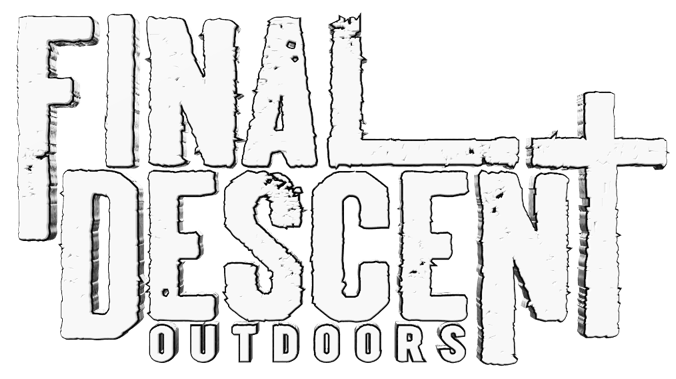Where Did All The Turkeys Go?
The Oklahoma Wildlife Department recently sent out a survey with several proposed changes for 2022 turkey regulations for the state as our number of turkeys, specifically in western Oklahoma continues to decline at an alarming rate! Rick Nolan has been involved with the NWTF for years and recently made this post in the Oklahoma Turkey Hunters Facebook page and we asked him if we could share it on our blog as he brings up some great points and why we all need to be pulling from the same end of the rope to save the wild turkey!
As the conversation continues about concerns over the decline of wild turkey in Oklahoma and other states there have been many interesting theories presented by us Keyboard Turkey PHD (Piled Higher and Deeper) Biologists, yes including me.
Many Keyboard Turkey PHD’s point their finger at coyotes, coons, bobcats, raptors and of course, hogs among other critters of the night. These critters, as sure as God made little green apples, have a negative impact on all ground nesting birds, including turkey. What most of the predator control fan boys fail to adequality consider is with suitable habitat ground nesters have the ability to survive, they have survived for centuries, while they coexist with their arch enemies.
To many turkey eating connoisseurs are not the problem, they are a symptom of the problem. A "symptom" is an indicator or a sign that a problem exists. For instance, if you have many coyotes and few turkeys, it is a sign of a problem. (if you become ill and run a fever the fever is not the problem it is a symptom of a problem, i.e., maybe an infection). Because coyote and turkey can in fact live, survive and grown in the same landscape (they have for eons) our perceived imbalance of one or the other is not the problem, it simply tells us there is a problem. We can resolve an issue, i.e., kill coyotes or transplant more turkey and you addressed the symptom but have not fixed the root cause of the imbalance.
What is the root cause of decline populations? It could be any number of things or a combination of things. What we should, at least in my mind, focus on is what we can influence not what we can’t. I believe with good turkey habitat, turkeys can manage just fine, they did for centuries before humans came along and screwed things up. None the less here we are and no one is willing to leave. With proper habitat they can nest and hide from things that eat them, they will have places to nest, eat and grow their young. They will have roost trees, water and everything else they need. Good habitat overcomes lots, if not all of the problems facing our wild turkey flock.
I had an interesting conversation with a fellow this weekend about habitat. His thinking was that the habitat has not changed, so why the decrease in turkey numbers. I been thinking about that his observations. Has the habitat changed or not? Has it changed so slowly that we have not noticed? I think maybe it has.
Consider this as you think about if or how the landscape has changed. How many thousands of acres of the landscape have changed in the last 10 +/- years with the introduction of wind turbines? Not only the windfarms but also infrastructure of roads needed to construct and service them and the transmission lines required to access the continental electrical power grid. Same could be said for increase oil exploration in the last decade.
How about the demand for homes that has shifted to rural areas, small homesteads with manicured lawns?
How about the continued spread of the eastern red cedar? Left unchecked the red cedar spreads like ticks on a dog. Turkeys, deer and other wildlife don't like that closed-in habitat these trees create. Removing them opens up the landscape, returning to its natural state. Returning the landscape to its natural state and the wildlife will respond, and will do it quickly. The red cedar is just one invasive plant, there are dozens of others. The real biologist tells us this is a problem, if we will just hear them over the shouts of the Keyboard Biologist with the PHDs.
So how do we address the root cause. That is a mountain to climb but we can reach the summit if we all pull on the same end of the rope. It will take time, effort, sweat and yes money. I will take all of us, not just a few. Maybe one day we will learn from out past mistakes and make a concerted effort to address the root cause and not simply lay blame at the feet of others.



